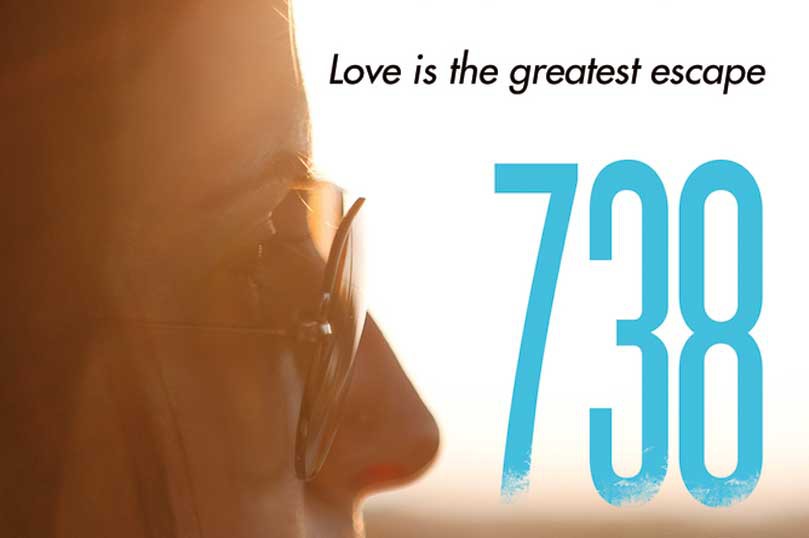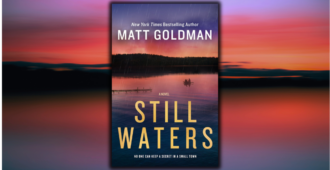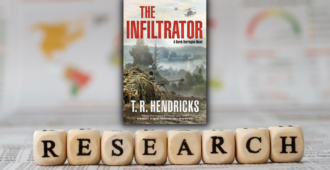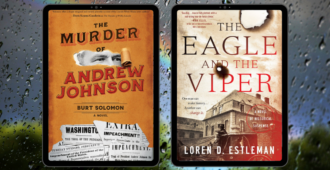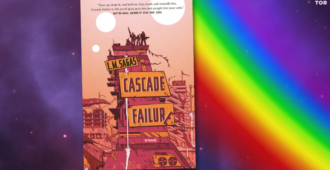opens in a new window Written by Stacey Kade
Written by Stacey Kade
When I was twelve, I yelled at a lifeguard.
To be fair, he yelled at me first. Screamed at me, actually, for standing in the baby pool while visiting the infant sister of a friend and her mother, who was my chaperone at the pool that day.
I was humiliated and indignant. I was there talking to a mom, not messing around or hurting anyone. Plus, I knew the lifeguard. He was only a few years older, the (jerky) teenage son of my teacher. He could have just asked me to leave. But instead he was clearly on a power high from having been endowed with some authority and his own personal whistle.
Normally, I’m terrible with confrontation. I won’t even speak up if the restaurant gets my order wrong. But in this case, the perceived injustice lit a fire in me and I shouted back at him.
I don’t remember what I said, but I do remember his face going red and him telling me that I had a temper on me. At the time, I was pleased. I’d told him. I marched back to the “adult” pool, triumphant. That was the end of the encounter in my mind.
But it wasn’t, not really. A couple days later, my dad pulled me aside and asked me if I had yelled at the lifeguard. I admitted it readily and explained my reasoning. But he told me I had to apologize. Because the teacher and his son went to our church and my dad was the pastor. The lifeguard had told his father on me and his father had gone to mine. Whether I was right or wrong (my perspective now as an adult is more nuanced) didn’t matter, it was the principal of the thing. I was supposed to set a good example.
That was the first time I experienced the conflict between public and personal identity. Between “Pastor’s Daughter” and “Stacey.”
I’m fascinated by identity, particularly the clash between public and personal. We all have public personas. Every post on Facebook or Twitter is weighed consciously or unconsciously against the idea we want people to have of us.
For most of us, the differences between our public and private faces are relatively minor, and the choice to make that distinction is ours. But for others, that’s not the case.
In 738 Days, Amanda Grace is a former abductee. At fifteen, she was kidnapped on her way home from school. Her parents, desperate to find her, opened up their lives up to the media, to keep her case in the spotlight and to get the public invested in finding their daughter. And it worked—Amanda’s face and her story were on every newspaper, magazine, news site and channel in the country.
But when she’s found, two years later, that investment doesn’t just go away. Everyone knows Amanda’s story, the horrific details of what happened to her during her captivity. Amanda is now a public figure, of sorts, and not by choice. People feel they know her, that they own her in some way, this “miracle girl” who survived. Her private identity has become a very public one. And now it’s hard for her to let her guard down, to trust anyone with the sliver of personal life she has left.
Chase Henry is a former teen star whose poster kept Amanda sane during her years of captivity. Chase’s public image has taken a beating, thanks to a series of less-than-awesome choices he made (drugs, alcohol, fights, excessive spending.) He’s sober now but washed up, a Hollywood pariah at twenty-four, unless he can convince the media to portray him in a better light. He doesn’t want the public attention, but he needs it if his career is going to continue. For Chase, a true private identity is a luxury he can’t afford at the moment. What Chase Henry, the man, wants has to be less important than what Chase Henry, the star, does.
Amanda and Chase’s identity needs conflict, of course, which makes it all the more complicated when they fall for each other. I had so much fun playing with the public/private lines, which are often blurred when it comes to famous and infamous in this country.
And for the record, I have never yelled at another water-safety official, whistle-bearing or no.
Buy 738 Days today:
opens in a new window opens in a new window
opens in a new window opens in a new window
opens in a new window opens in a new window
opens in a new window opens in a new window
opens in a new window opens in a new window
opens in a new window
Find out more about Stacey Kade on Twitter, Facebook, and on her website.

